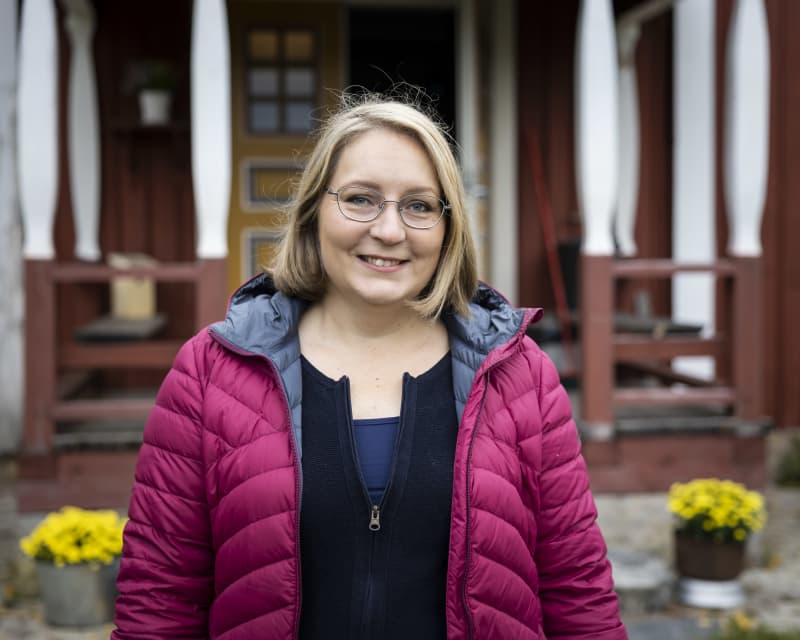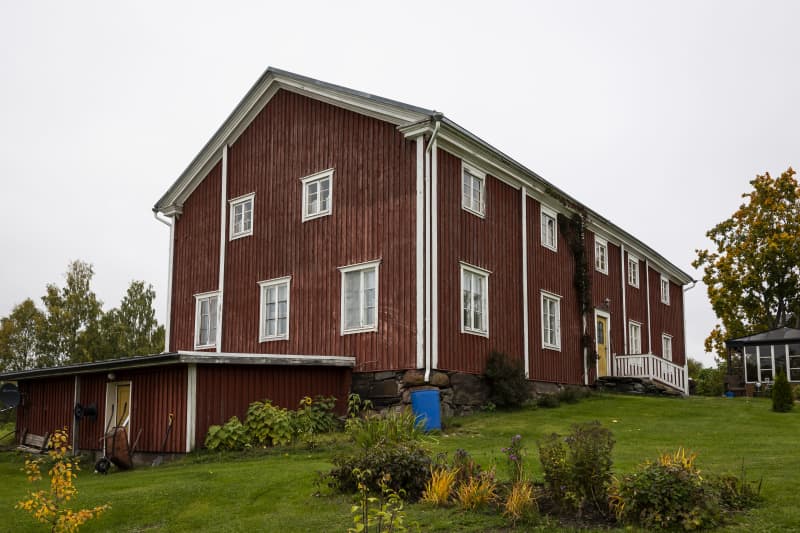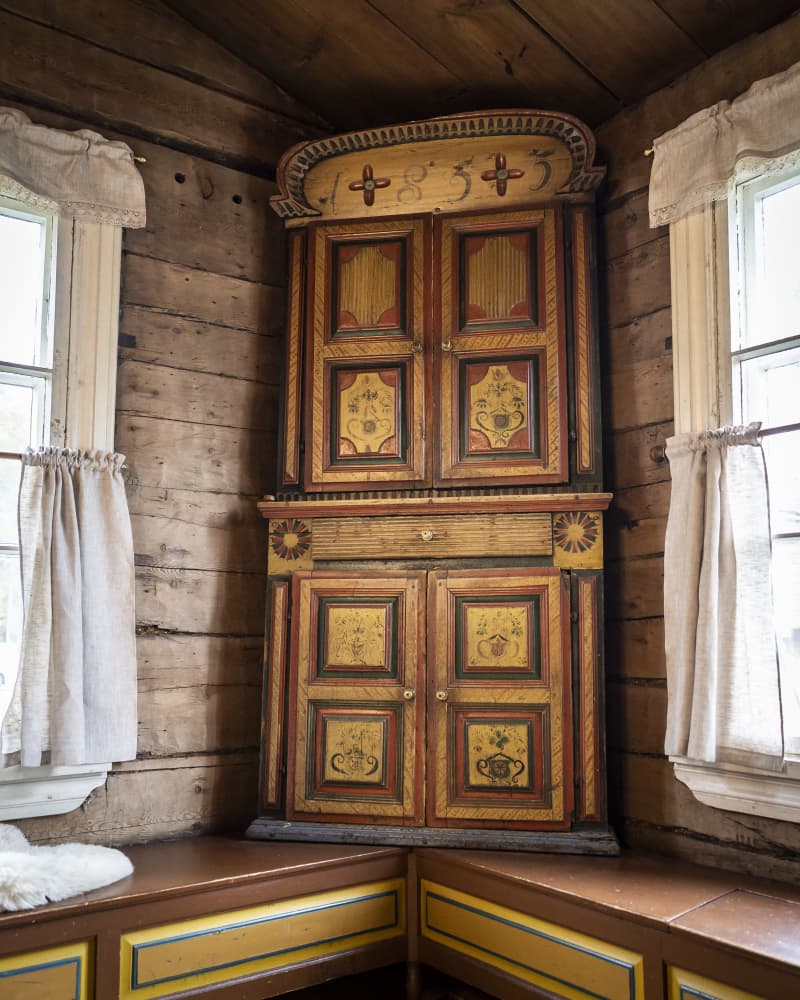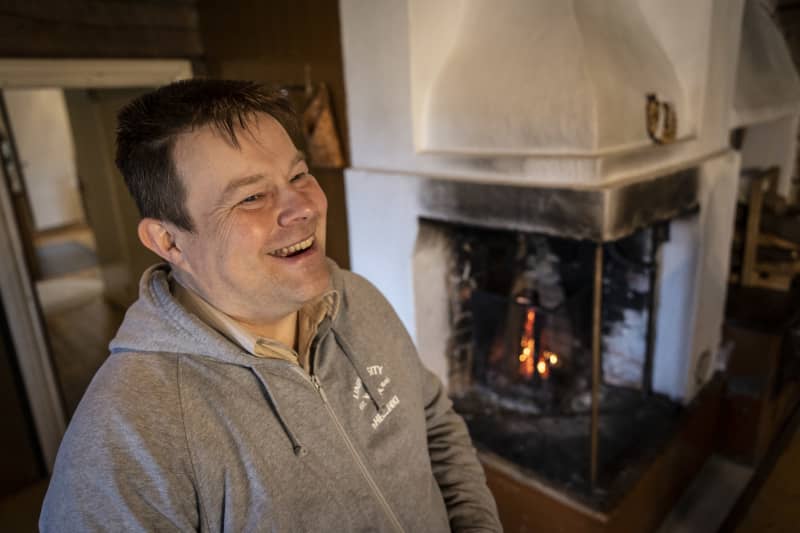In South Central Ostrobothnia, there are only about forty side cottages that are wider than the traditional northern house. The Veteli house is partly the same as it was decades ago.
The giant of the Nordic architectural heritage is the side chamber house.
It is a building where the chambers are placed on the side, rather than at the ends, as is normal in a basement house.
Side chambers were built between 1750 and 1850 in southern Central Ostrobothnia.
– The traditional Oglai house has been widened so that the heat from the fireplace could also be used in the side chambers, which are next to the fireplace, says Mäkelä.
In terms of number of pieces, two hundred side chamber huts have been made and forty of them have survived to this day.
The remaining side chambers in Central Ostrobothnia are wanted for cultural tourism.
– Some people are interested in the building, some are interested in events and some are interested in history. This is a great curiosity that has survived in southern Central Ostrobothnia, says Mäkelä.
“There was a demolition order on the barn”
– When we bought this, the building was in bad condition. The Pihapiiri barn had a demolition order, says Palosaari.

A traditional Oglaa house had always been Palosaari’s dream.
Presumably from around 1750, the side chamber hut and its courtyard area have now been repaired for old purposes.
The lower floor and upper floor of the house are insulated, otherwise care has been taken with the renovations. For example, the walls are not painted white.
– Why fix or make a change when it has worked for others for two hundred years.
In the living archive, there is a *Marttoten piyata* film from 1946. According to Palosaari, a familiar house can be seen in the film.
– On the film, you can see a picture of the house and the courtyard area from the war years, says Palosaari.
Now the milieu is rented out for various events as a wedding venue, for sales and small Christmas parties, as well as for other parties.
Cultural tourism network
The side chambers represent the oldest building stock in southern Central Ostrobothnia. The most handsome side chambers are among the largest peasant houses in the world.
Under the leadership of the Ruralia Institute, the number and situation of the side chamber huts in the area is determined, and historical information related to them is collected.
In addition, the willingness of the house owners to participate in the development of cultural tourism is investigated.
The buildings with side chambers are mostly privately owned, but many of them would be suitable as cultural tourism destinations.
– Sweden already has built heritage cultural tourism, it would be possible to get it here as well, says Mäkelä.

Many owners of side chamber huts have at some point thought about utilizing the building for culture or tourism.
– For one reason or another, the idea has not been implemented, says Mäkelä.

The grandeur of the buildings is appealing
So what’s so attractive about side-chamber seats?
According to Katja Palosaari, side chamber rugs are attractive because of their roughness, imperfection and zest for life.

The white painted walls of modern society get a counterweight.
– Yes, here you can feel that you are returning to your roots. You can tell, like a building, that I stand on my own, says Palosaari.
Researcher Matti Mäkelä says that the Ruralia-Institut’s year-long project *Sivukamarituvat as a stage of history* has been financed by the Leader action group Pirityiset from the European Union’s Rural Development Fund.
– Due to the funding, the project is focused on researching the building heritage of the Finnish-speaking region of southern Central Ostrobothnia, says Mäkelä
*The topic can be discussed until Monday, October 17 at 11 p.m.*

